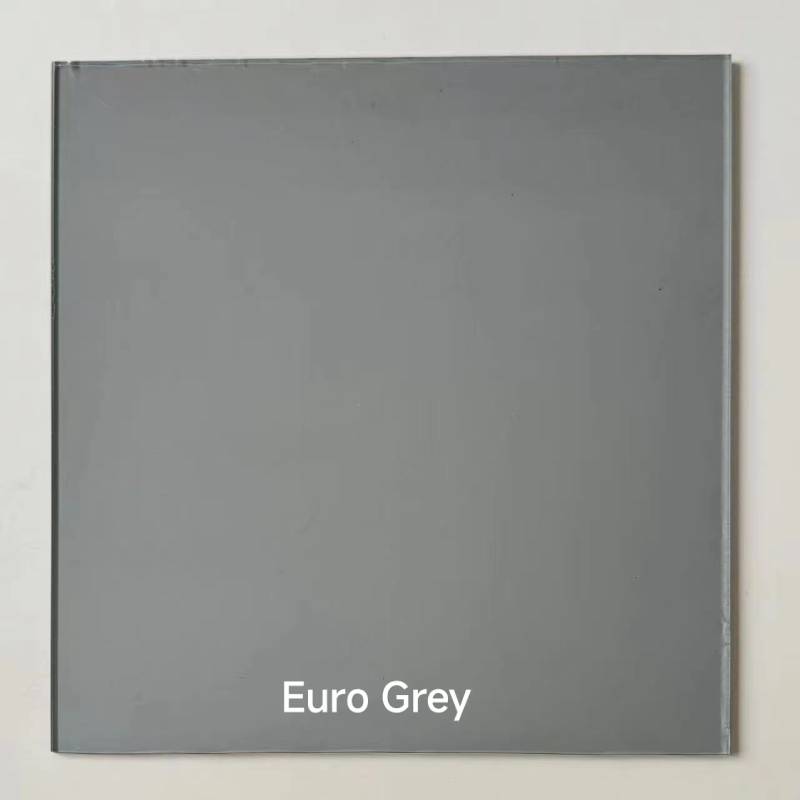

Understanding Single Low-E Glass Benefits and Applications
In the evolving landscape of modern construction and architecture, energy efficiency has become a cornerstone of sustainable design. Among various materials that contribute to this goal, single low-emissivity (low-E) glass stands out. This article dives into what single low-E glass is, its benefits, applications, and why it’s gaining popularity in both residential and commercial settings.
What is Single Low-E Glass?
Single low-E glass is a type of glazing that has a microscopically thin coating of metal oxide, which is applied to a sheet of glass. This unique coating reflects heat while allowing natural light to pass through. The low-E designation reflects the glass's ability to minimize the amount of infrared and ultraviolet light that can harm furnishings and cause overheating while still maximizing visible light transmission.
Benefits of Single Low-E Glass
1. Energy Efficiency One of the most significant advantages of single low-E glass is its energy efficiency. By reflecting heat back into the building during winter and blocking heat from entering during summer, low-E glass can significantly reduce heating and cooling costs. As a result, homes and buildings become more comfortable while consuming less energy.
2. UV Protection Single low-E glass also offers UV protection. The coating minimizes the transmission of harmful ultraviolet rays, which can fade furniture, carpets, and artwork over time. By using low-E glass, building owners can prolong the life of their interior furnishings and reduce the need for frequent replacements.
3. Enhanced Comfort The temperature control provided by low-E glass ensures that indoor spaces maintain a consistent temperature. This leads to a more comfortable living and working environment, reducing drafts and hot spots typically associated with traditional glass.
4. Environmental Impact Since low-E glass improves energy efficiency, it ultimately contributes to a reduction in greenhouse gas emissions. This eco-friendly benefit aligns with the global effort toward sustainable building practices and responsible resource usage.

5. Aesthetic Appeal While functionality is critical, aesthetics also matter in architectural design. Single low-E glass is available in various finishes and tints, allowing designers to maintain the desired aesthetic appeal while incorporating energy-efficient features.
Applications of Single Low-E Glass
Single low-E glass finds its applications across a broad spectrum of environments
- Residential Buildings Homeowners are increasingly opting for low-E glass in windows and doors to enhance energy efficiency, comfort, and aesthetic appeal. It is particularly advantageous in climate regions that experience significant seasonal temperature fluctuations.
- Commercial Buildings In large buildings, such as office spaces and shopping centers, the benefits of single low-E glass are multiplied due to the extensive use of glass in their designs. It contributes to substantial cost savings on heating and cooling.
- Skylights and Curtain Walls Low-E glass is also ideal for skylights and curtain wall systems. Its ability to manage solar gain while allowing natural light in makes it a popular choice for architects who aim to create open and bright spaces without sacrificing energy efficiency.
Conclusion
Single low-E glass represents a significant advancement in the field of glazing technology. By combining aesthetics with performance, it caters to the growing demand for energy-efficient solutions in both residential and commercial applications. As sustainability continues to trend in the construction industry, the role of materials like single low-E glass will only become more prominent, paving the way for greener buildings and a more sustainable future. As architects, builders, and homeowners become increasingly conscious about their environmental impact, the adoption of low-E glass will likely accelerate, setting new standards for energy efficiency and comfort in our built environments.